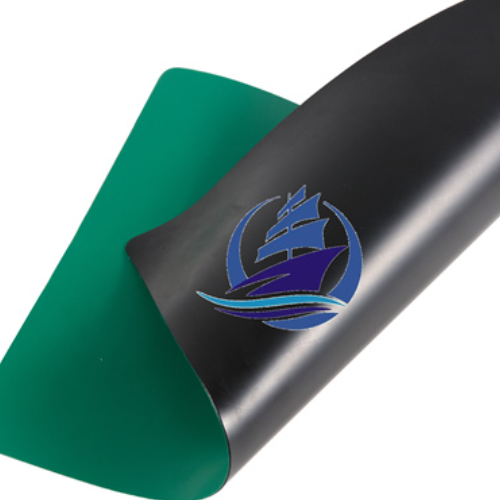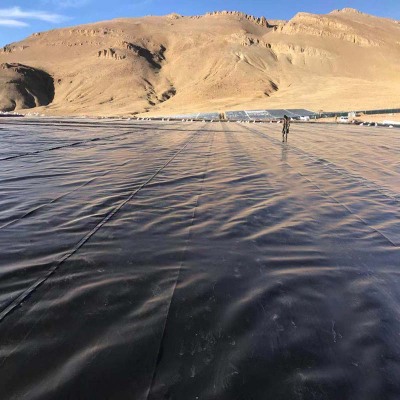
The HDPE Geomembranes in Water Conservancy Projects
2025-04-08 15:00
Exploring HDPE Geomembranes: A Cornerstone of Modern Engineering
When it comes to reliable, long-lasting solutions in environmental and civil engineering, HDPE geomembranes stand out as a versatile and robust option. These high-density polyethylene liners have become indispensable in projects requiring durability, chemical resistance, and adaptability. Whether it’s managing water resources or safeguarding infrastructure, hdpe textured geomembrane deliver exceptional performance under challenging conditions. In this blog, we’ll dive into their key features, explore their applications in water conservancy, and address some common questions about their use—all while shedding light on why they’re a go-to choice for engineers worldwide.
hdpe textured geomembrane
What Makes HDPE Geomembranes Stand Out?
HDPE geomembranes owe their popularity to a unique combination of properties that make them suitable for a wide range of applications. One of their standout traits is chemical resistance. These liners can hold up against acids, alkalis, and other harsh substances without breaking down, which is critical for projects in chemically aggressive environments. Then there’s durability—thanks to their high tensile strength, HDPE geomembranes can endure heavy loads and tough weather without losing their integrity. UV resistance is another key feature, ensuring they remain effective even after years of sun exposure. And despite this toughness, they retain enough flexibility to adapt to uneven terrain or intricate designs, making them a practical choice for complex installations.
How Are HDPE Geomembranes Used in Water Conservancy?
In water management, HDPE geomembranes play a pivotal role by providing reliable containment and protection. Take irrigation canals, for instance—these liners prevent water from seeping into the ground, ensuring that every drop reaches the fields where it’s needed. Reservoirs and storage ponds also benefit from HDPE geomembranes, which act as impermeable barriers to hold large volumes of water while reducing losses from evaporation or contamination. For dam linings, they reinforce structural stability by stopping leaks and shielding the foundation from erosion. Even in flood control systems like levees and embankments, HDPE geomembranes help regulate water flow and minimize the risk of failure, proving their worth across diverse landscapes.
Why Choose HDPE Textured Geomembranes?
For projects requiring extra grip or stability, HDPE textured geomembranes offer a smart twist on the standard design. These liners feature a roughened surface that enhances friction, making them ideal for sloped areas or applications where slippage could be an issue. Think of steep reservoir banks or landfill caps—here, the textured surface ensures the geomembrane stays in place, even under pressure. While they share the same core benefits as smooth HDPE geomembranes—chemical resistance, durability, and UV protection—the added texture provides an edge in scenarios demanding secure anchoring. It’s a small tweak with a big impact, tailored to meet specific engineering needs.
Wrapping Up the Value of HDPE Geomembranes
From irrigation canals to flood control systems, HDPE geomembranes have proven themselves as a cornerstone of water management and environmental protection. Their blend of durability, chemical resistance, and adaptability—coupled with options like HDPE textured geomembranes for specialized needs—makes them a trusted solution for engineers tackling diverse challenges. Whether you’re designing a reservoir or reinforcing a dam, these liners offer the reliability and performance needed to get the job done. As technology and project demands evolve, HDPE geomembranes will undoubtedly remain a key player in shaping a resilient future.









